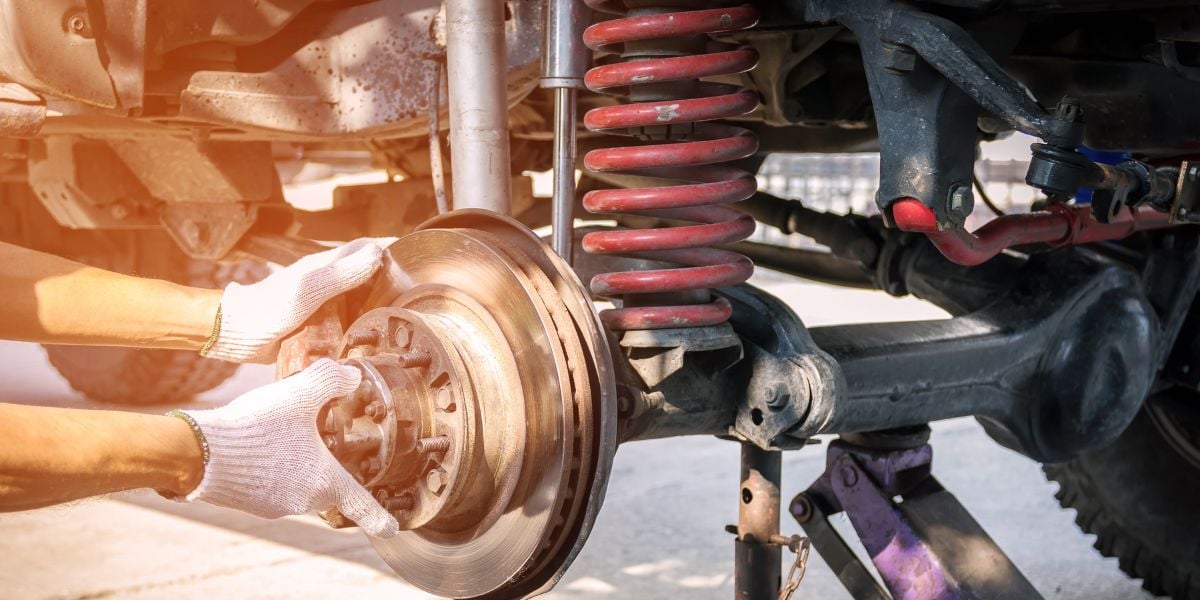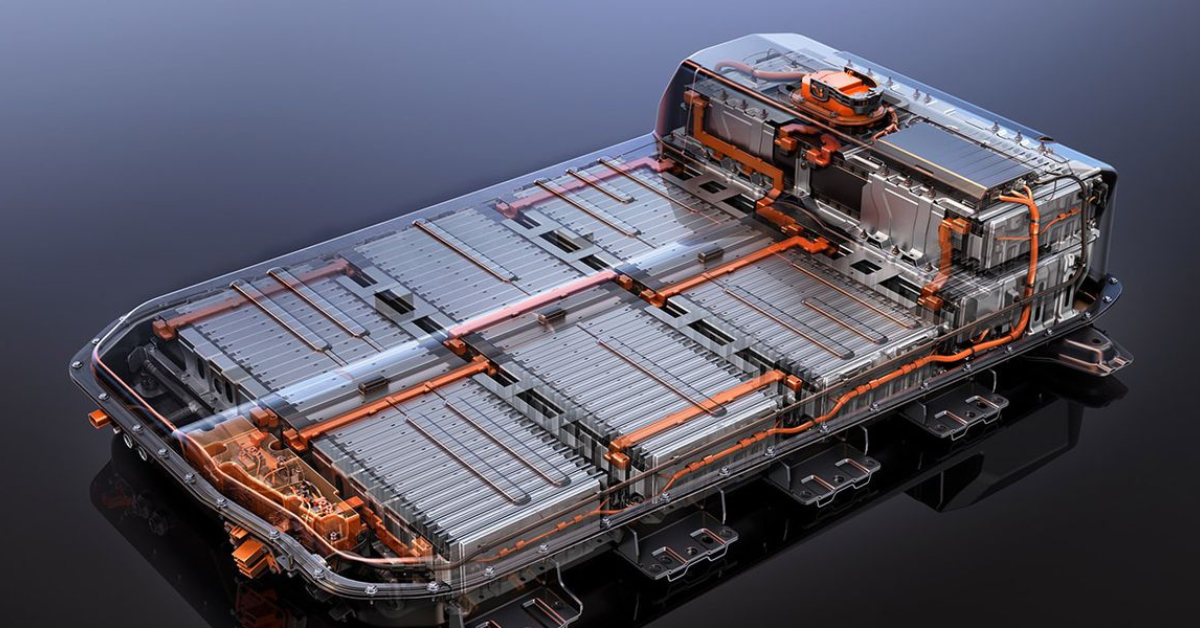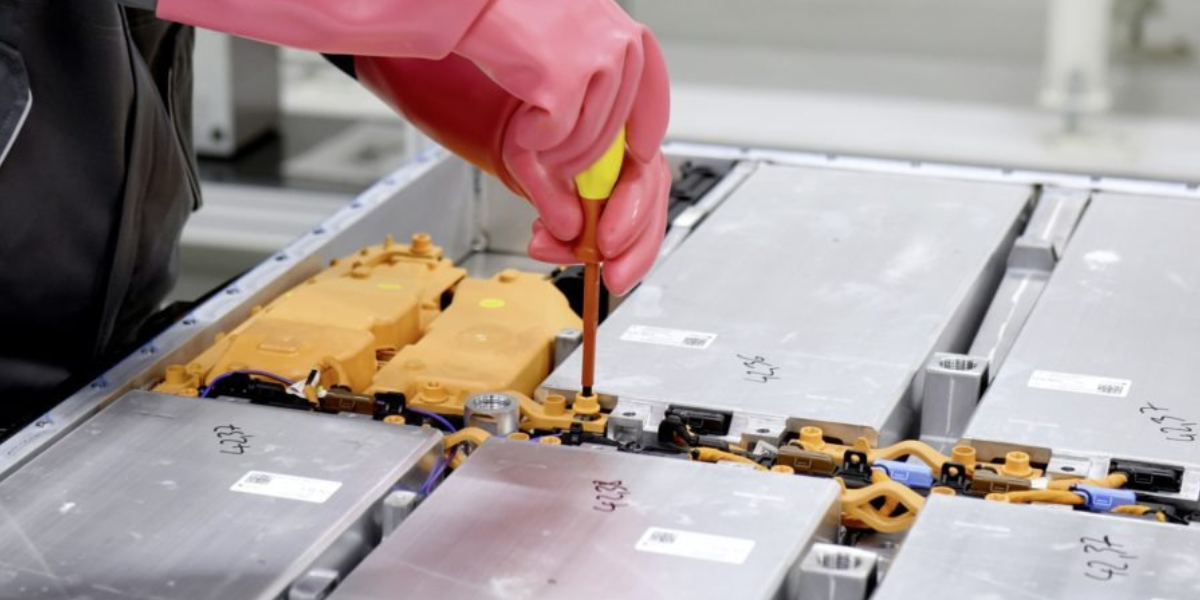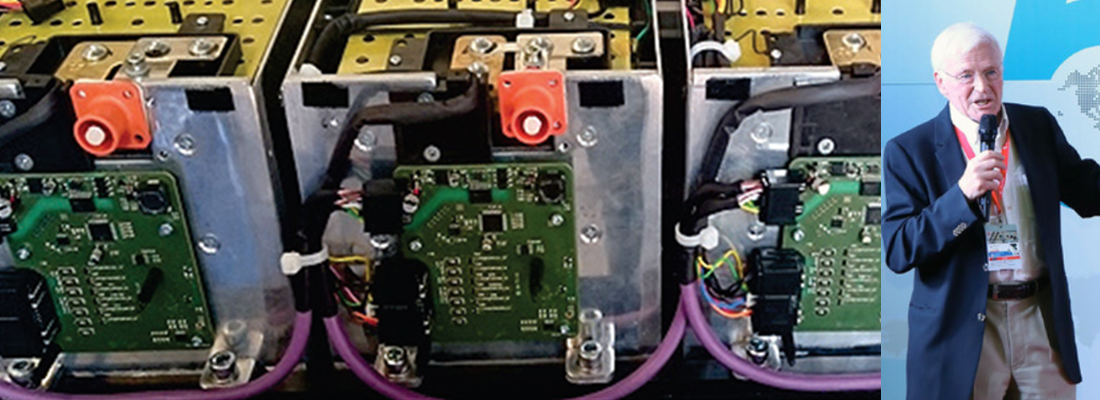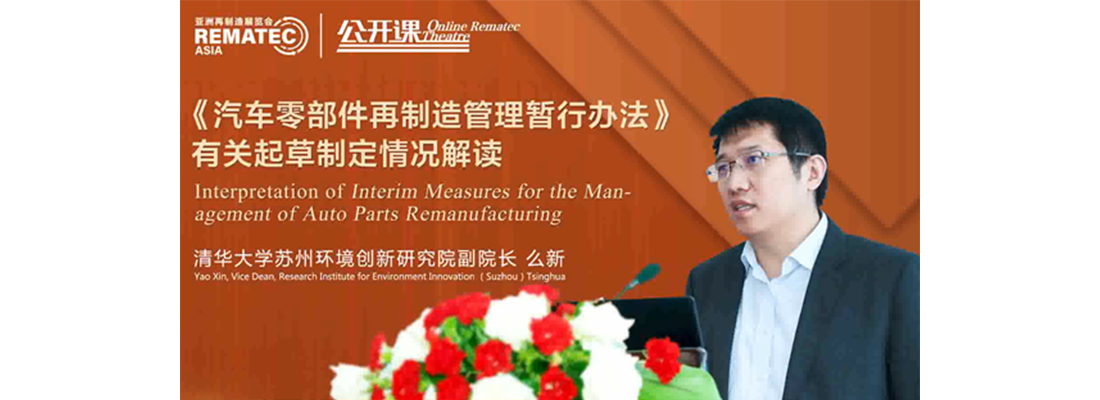The role of OEMs in growing a network economy for remanufacturing
Original Equipment Manufacturers (OEMs) play a critical role in growing a network economy for remanufacturing. OEMs have also a significant opportunity to represent circular economy principles in remanufacturing by designing for remanufacturing, standardizing remanufacturing processes, implementing take-back programs, adopting closed-loop supply chains, and educating customers. By doing so, OEMs can help to create a more sustainable and circular economy.
As we all know, remanufacturing involves the restoration of used products to their original condition, offering a cost-effective and environmentally-friendly alternative to traditional manufacturing processes. A networked economy for remanufacturing involves the collaboration of various players, such as OEMs, remanufacturers, distributors, and customers, to create a circular economy that maximizes the value of used products. OEMs are essential to the growth of a network economy for remanufacturing because they have the knowledge, expertise, and resources to design and produce high-quality products that are suitable for remanufacturing. OEMs can use their engineering and design expertise to create products that are easier to disassemble and refurbish, which can improve the efficiency and cost-effectiveness of the remanufacturing process. They can also collaborate with remanufacturers to develop standardized processes and procedures for remanufacturing their products, which can reduce costs and improve quality. In addition, OEMs are fundamental in building trust and credibility in the remanufacturing industry. They can help to promote the benefits of remanufacturing to their customers, suppliers, and other stakeholders, and demonstrate their commitment to sustainability by incorporating remanufacturing into their business models. This can create a positive image for the remanufacturing industry and encourage more stakeholders to participate in the network economy.
OEMs and remanufacturing as a partnership
With reference to the growth of the network economy, we can consider OEMs and remanufacturing as a sort of partnership; they can form a mutually beneficial partnership that benefits both parties. OEMs and remanufacturing can collaborate on product design to ensure that products are designed with remanufacturing in mind. By designing products that are easier to disassemble and reassemble and by using standardized parts and components, OEMs can make it easier and more cost-effective for remanufacturers to refurbish and reuse their products, and can provide remanufacturers with access to core products, either through core exchange programs or by selling used products directly to remanufacturers. This can help to ensure a steady supply of used products for remanufacturing and can also help to incentivise customers to return their used products to the OEM rather than disposing of them.
OEMs can provide technical support to remanufacturers, including access to technical manuals, repair procedures, and diagnostic tools. This can help remanufacturers to identify and repair faults in products more efficiently, reducing costs and improving the quality of remanufactured products. OEMs can establish quality standards for remanufactured products, and work with remanufacturers to ensure that products meet those standards. In addition, OEMs can work with remanufacturers to distribute and sell remanufactured products. This can include selling remanufactured products through OEM-owned channels, partnering with remanufacturers to sell products through their own channels, or providing remanufacturers with access to OEM-owned distribution channels.

The future of OEMs in remanufacturing
As more countries adopt environmental regulations and sustainability goals, there will be an increased demand for remanufactured automotive parts that meet OEM specifications. Additionally, OEMs have the advantage of having access to the original design and engineering specifications, which allows them to produce remanufactured parts that are more reliable and durable than those produced by third-party manufacturers. Moreover, OEMs have the potential to create a circular and network economy within the automotive industry by taking back and remanufacturing their own products. This can not only reduce waste but also provide a new revenue stream for OEMs.
In recent years, several major automakers have already started to offer remanufactured parts, such as engines and transmissions, to their customers. However, there are also challenges that OEMs face in the remanufacturing industry. Remanufacturing requires a different set of capabilities and expertise than traditional manufacturing, which means that OEMs may need to invest in additional training, equipment, and facilities. Finally, the future of OEMs in automotive remanufacturing looks promising, but it will require investment, innovation, and a commitment to sustainability. OEMs should approach remanufacturing as a strategic business opportunity, considering market demand, pricing, regulatory requirements, and their brand and reputation. By doing so, OEMs can capture new revenue opportunities and promote sustainable practices that benefit both their customers and the environment.
Share your remanufacturing stories with us
Do you have an innovation, research results or an other interesting topic you would like to share with the remanufacturing industry? The Rematec website and social media channels are a great platform to showcase your stories!
Please contact our Brand Marketing Manager.
Are you an Rematec exhibitor?
Make sure you add your latest press releases to your Company Profile in the Exhibitor Portal for free exposure.

